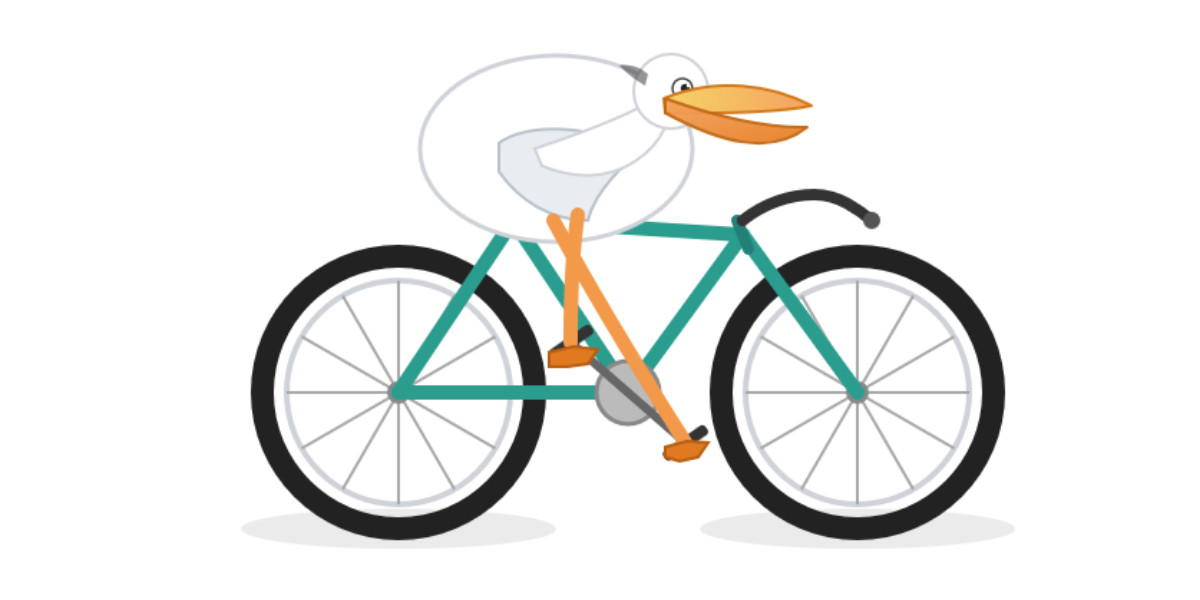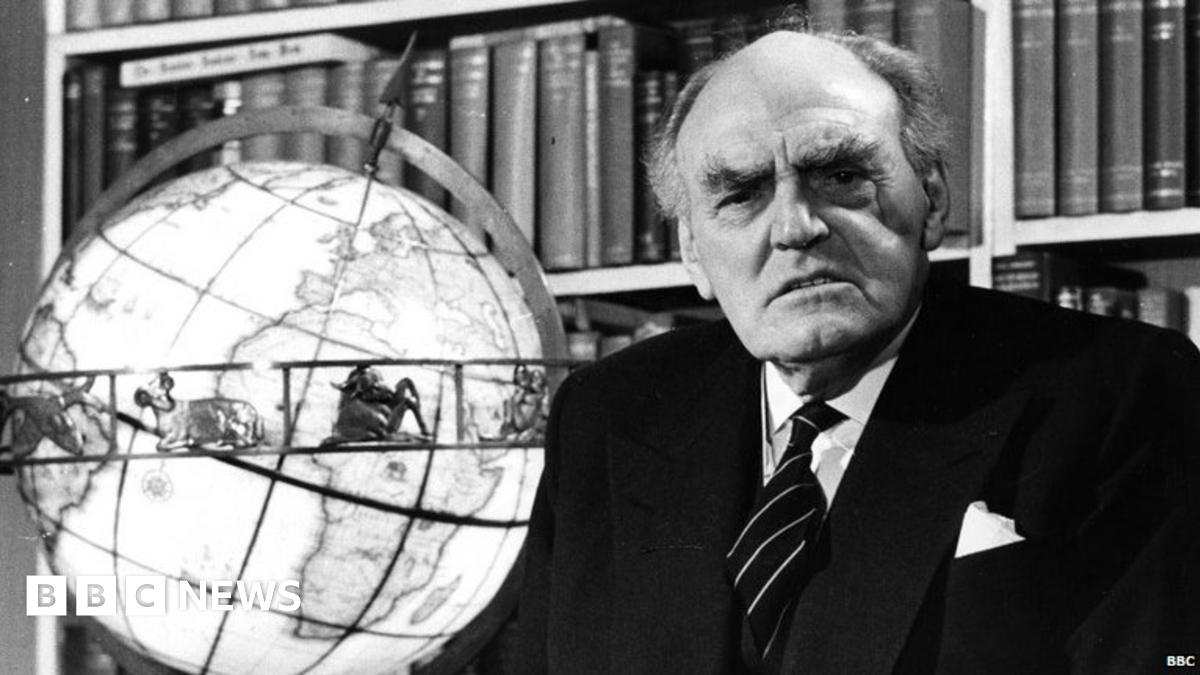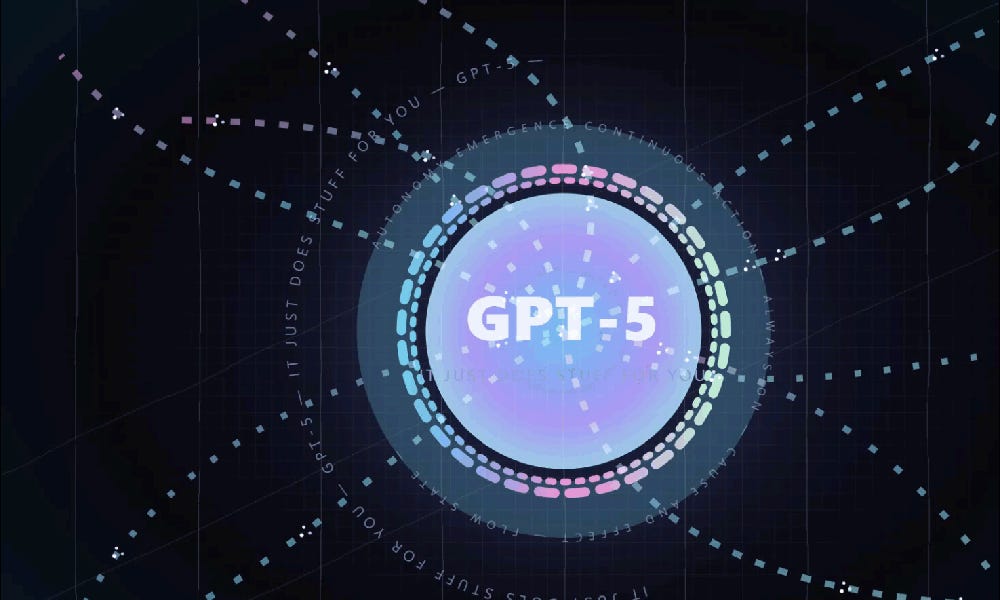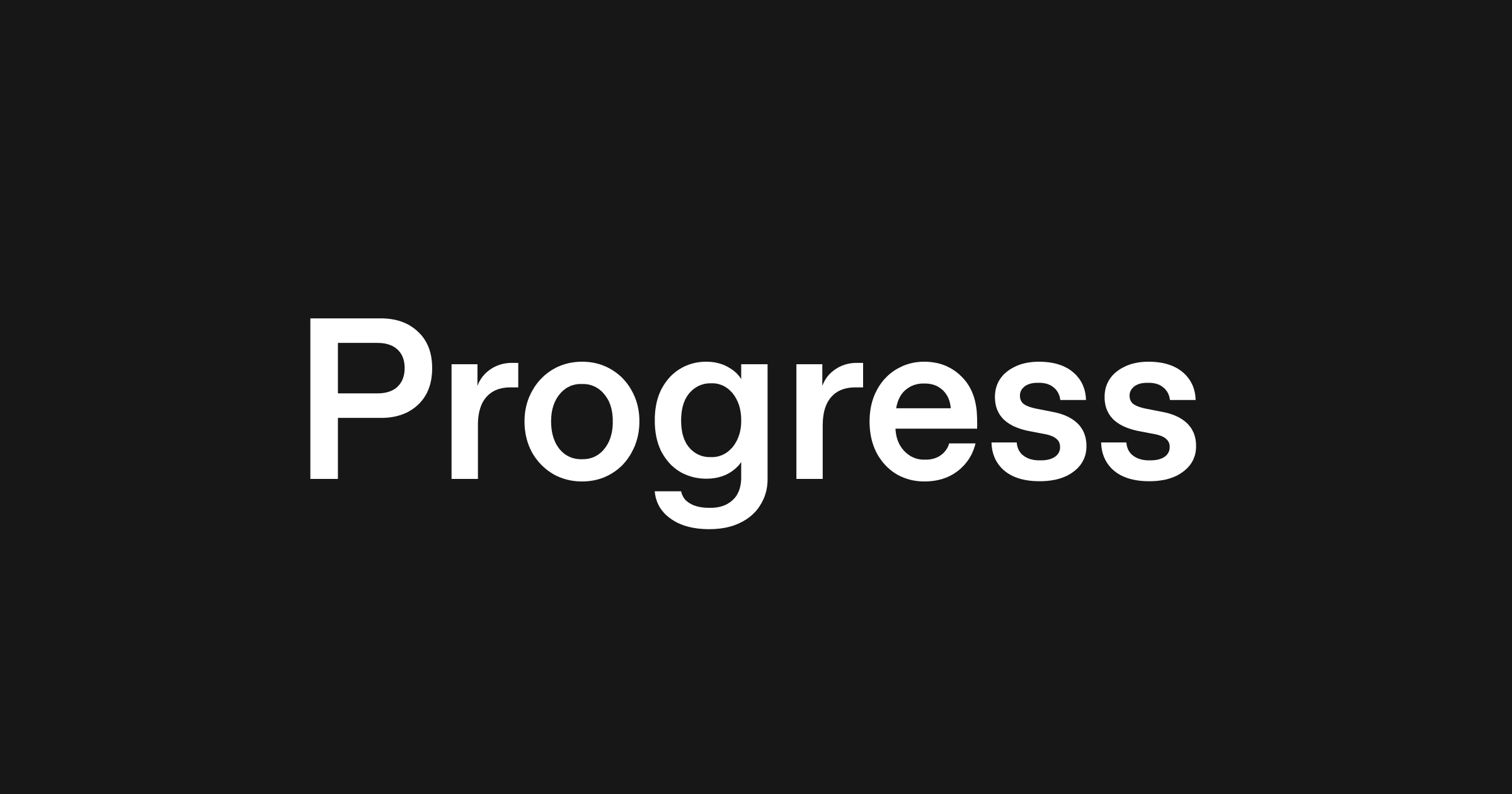How AI is helping advance the science of bioacoustics to save endangered species
Our new Perch model helps conservationists analyze audio faster to protect endangered species, from Hawaiian honeycreepers to coral reefs.
One of the ways scientists protect the health of our planet’s wild ecosystems is by using microphones (or underwater hydrophones) to collect vast amounts of audio dense with vocalizations from birds, frogs, insects, whales, fish and more. These recordings can tell us a lot about the animals present in a given area, along with other clues about the health of that ecosystem. Making sense of so much data, however, remains a massive undertaking.
Today, we are releasing an update to Perch, our AI model designed to help conservationists analyze bioacoustic data. This new model has better state-of-the-art off-the-shelf bird species predictions than the previous model. It can better adapt to new environments, particularly underwater ones like coral reefs. It’s trained on a wider range of animals, including mammals, amphibians and anthropogenic noise — nearly twice as much data in all, from public sources like Xeno-Canto and iNaturalist. It can disentangle complex acoustic scenes over thousands or even millions of hours of audio data. And it’s versatile, able to answer many different kinds of questions, from “how many babies are being born” to “how many individual animals are present in a given area.”
In order to help scientists protect our planet’s ecosystems, we’re open sourcing this new version of Perch and making it available on Kaggle.












